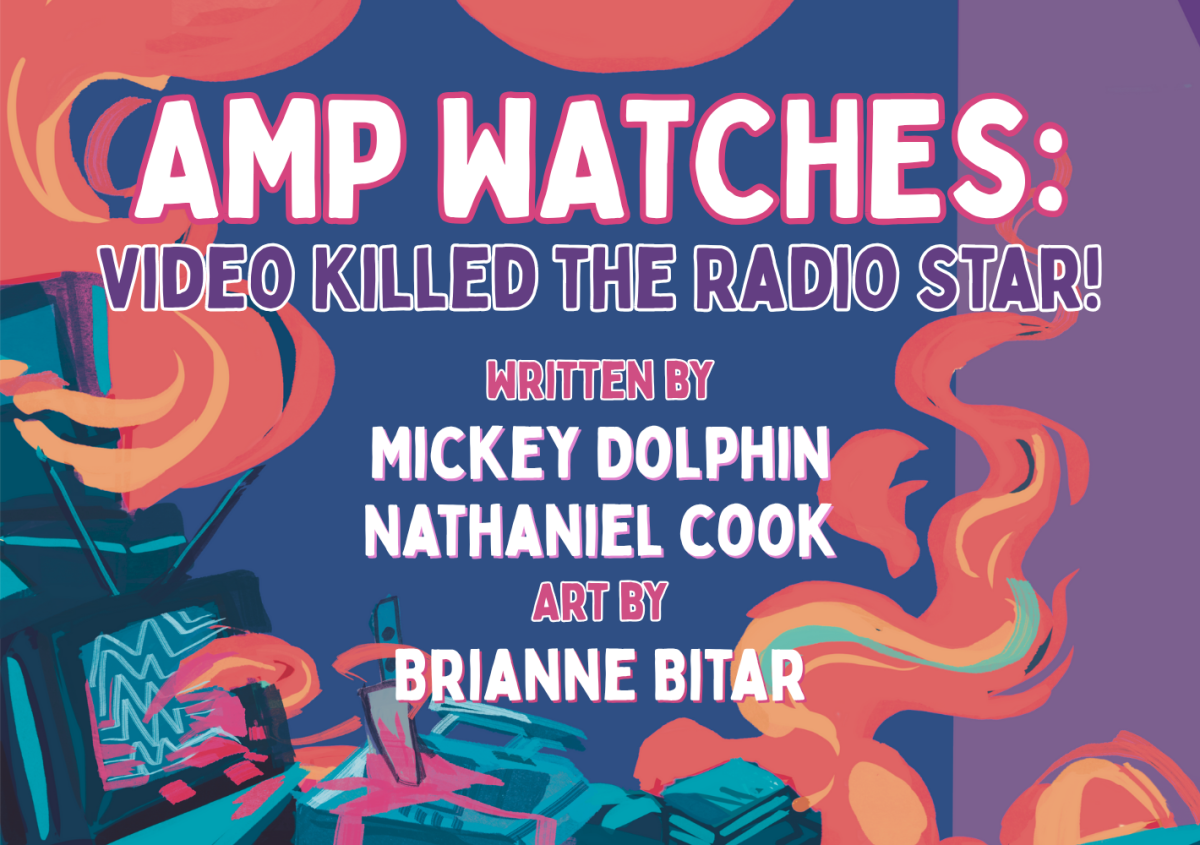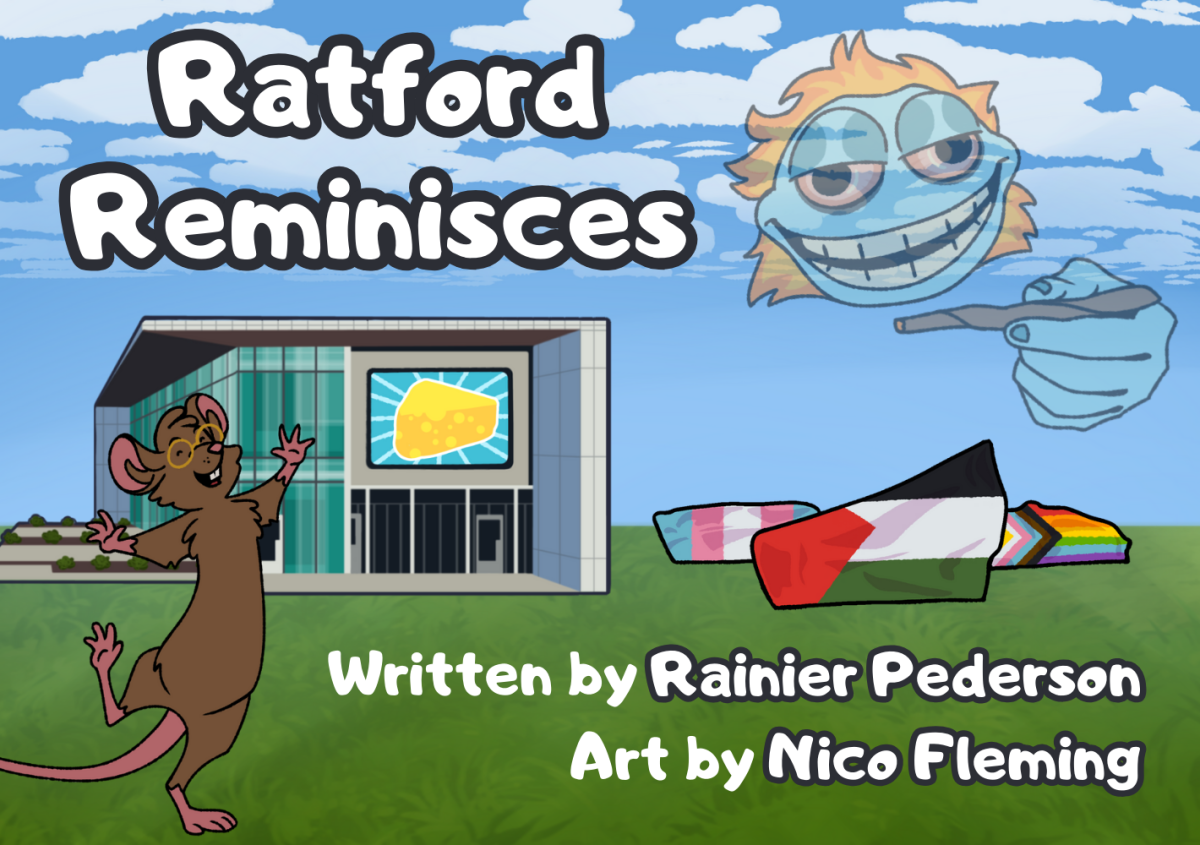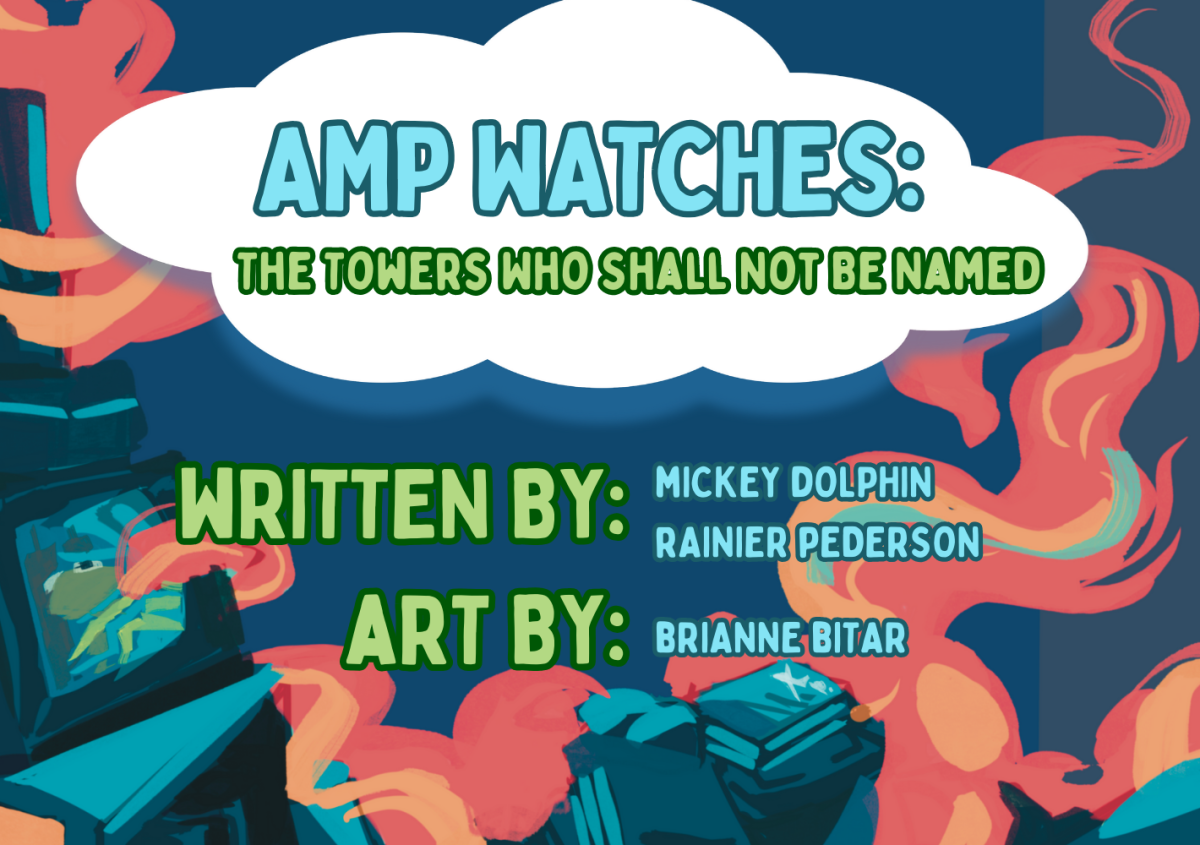This month we’re time warping back to the 80’s — y’know, the good ol’ days when everyone was doing coke and Reaganomics was still considered a legitimate form of economic policy. Even more significant than that, however, was the rising popularity of television and its notable influence on America’s cultural landscape. To some, this marked the next step in humanity’s technological evolution… and to others, it was an excuse to put the trashiest shit imaginable on the airwaves, and we thank those people for their service. Join us as we delve into the weird, wacky, and vaguely horny minds of Weird Al Yankovic and David Cronenberg as they take us on this filmic journey.
UHF (1989)
In today’s era of streaming, it’s no wonder the art (and general awareness) of public-access television has fallen by the wayside. What exactly is public-access TV, you ask? The short answer: magic. The long answer: it’s a way for communities to create their own local programming by making TV equipment, training, and airtime available to anyone as long as the content they produce is lawful. Unfortunately, it’s also a dying medium. This brings me to this month’s film, a 1989 cult-classic and love letter to public-access TV called “UHF,” starring our lord and curly-haired savior, Weird Al Yankovic.
As soon as the film opened with a dream sequence where Weird Al’s character, George Newman, was dressed as Indiana Jones trying to steal an Academy Award from an ancient temple, I knew I was in for a fun ride. In all honesty, I have a sneaking suspicion that this whole film was just an excuse for Weird Al and his friends to compile a bunch of bits and gags they thought were funny, all strung together with a surprisingly heartfelt story. Anyway, the general plot is as follows: George Newman gets FIRED. A LOT. After getting sacked from his latest job flipping burgers, George feels hopeless and depressed — but it turns out that he’s in luck. His gambling uncle incidentally acquires the deed to Channel 62, a UHF television station on its last legs. George is tentatively put in charge and manages to save the channel from bankruptcy after impulsively giving the former janitor of their rival TV station, Stanley Spadowski (played by Michael Richards), his own children’s show, which immediately explodes in popularity.
Soon, business is booming. Channel 62’s schedule is filled to the brim and George and his friend Bob (played by David Bowe) have enough programming to last them into the next year. Then the news breaks: Channel 62’s ratings rival that of the largest station in the area, Channel 8. RJ Fletcher, the owner of Channel 8 (played by Kevin McCarthy) soon learns that George’s uncle owes $75,000 to his bookie and offers to pay him in exchange for the deed to Channel 62, which he plans to flatten and turn into a parking lot. To counter this, George and his friends run a telethon in an attempt to raise money by selling stock in the station for $10 each, which would not only save the station from Fletcher, but make it publicly owned as well. A series of wacky hijinks ensue, including a daydream where George, on his quest to rescue Stanley from mobsters, imagines himself as a shredded action hero who catches bullets with his teeth and spits them back at his enemies, exploding them on impact. (Side note: it’s always so incredibly obvious when they use prop replacements for people getting killed/maimed in this film and it never gets less funny.)
Thankfully, Channel 62 eventually comes out on top after they thoroughly humiliate Fletcher on live television by using his own hateful statements about the channel’s viewers against him. The $75,000 is raised, George’s uncle hands over the deed, and the station is now officially owned by the community. Everyone’s happy (with the exception of Fletcher) and all’s well that ends well! For such a goofy film, it has a genuinely heartwarming and uplifting message: give people a chance and support local broadcasting! Being kind, creative, and a little bit weird can get you further in life than you might’ve ever imagined. I thoroughly enjoyed this wild ride, and I’d encourage anyone who needs a pick-me-up to give it a watch.
Videodrome (1983)
“Videodrome” is a film that many consider to be ahead of its time. It’s a body horror flick written and directed by the godfather of the genre, David Cronenberg, so it’s bound to be plenty disturbing. The movie stars James Woods as Max Renn, the head of a UHF television station with a hunger for violent sex. His quest to pirate violent pornography to broadcast on his channel is what leads him to discover a strange show called Videodrome, which broadcasts real snuff footage.
The central thesis of this film is that television, as it continues to grow as part of our lives, will also grow into part of our minds, changing how we think and act. The film wastes no time displaying the psychological effects of this as Max becomes obsessed with Videodrome, experimenting with violent sexual urges that mirror the show. Soon after, he begins to have disturbing hallucinations due to the channel’s growing influence over him. Even his own perception of his body begins to change as he imagines a gaping hole forming in his abdomen and his hand morphing into a gun.
“Videodrome” has some interesting implications for society as a whole, and I can absolutely see why many view it as prophetic or enlightening. Our lives are so interconnected with modern technology nowadays. Many people are borderline obsessed with it, as it changes how we think and behave in ways that we often don’t consider. While it hasn’t given us all hallucinations yet, it has impacted just about every aspect of our society. You could go as far as saying, in the same way that the Videodrome channel showed Max imagery of his body changing and becoming a grotesque sort of cyborg, social media gives many people the wrong impression about their own bodies.
The movie serves as a great warning about our obsession with technology and the effects it has on our lives through the lens of violent eroticism. I thought it was fantastic, if slightly confusing in its second half. This confusion is certainly intentional, however, and it leaves the viewer with a sense of unreality similar to that of the main character. It has a relatively vague and final ending, with Max using the gun fused to his hand to kill himself. It’s difficult to surmise what might’ve been Max’s fate after death — perhaps he was released from the control of Videodrome, finally at peace, or perhaps he is now part of it forever, or something in between. I’d like to imagine him escaping its control, freeing himself from his violent urges. But how can I trust my own perception of the ending? How can I even know that he commits suicide at the end, and that I didn’t simply hallucinate it? Maybe I’ll never know, and maybe that’s how Cronenberg wanted it.
Long live the new flesh.










